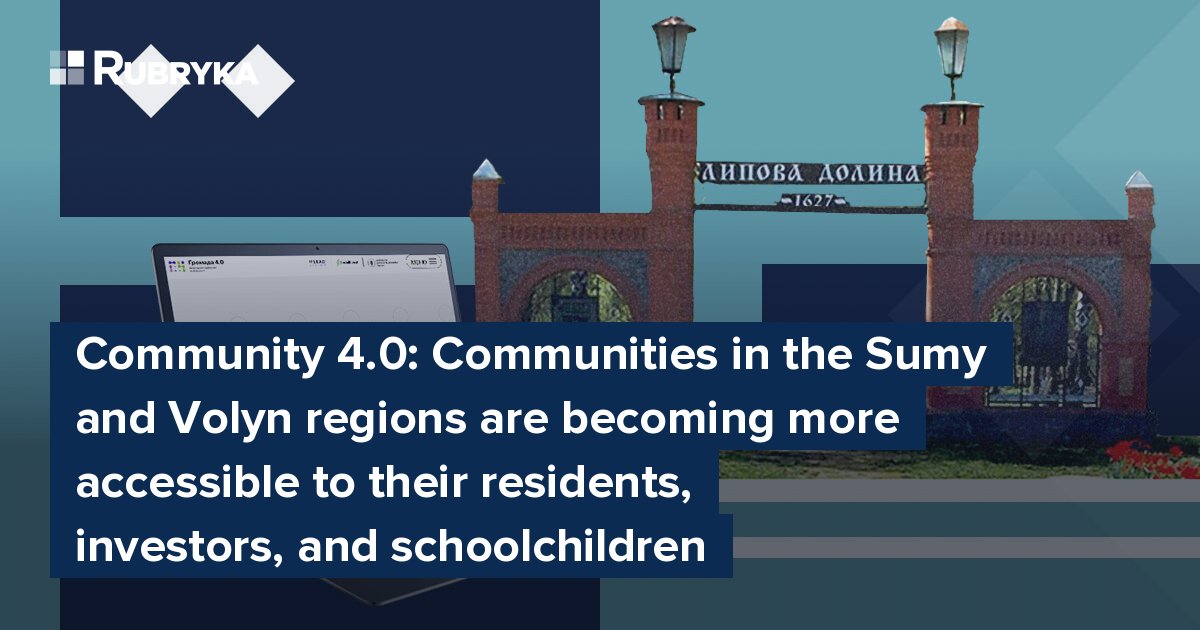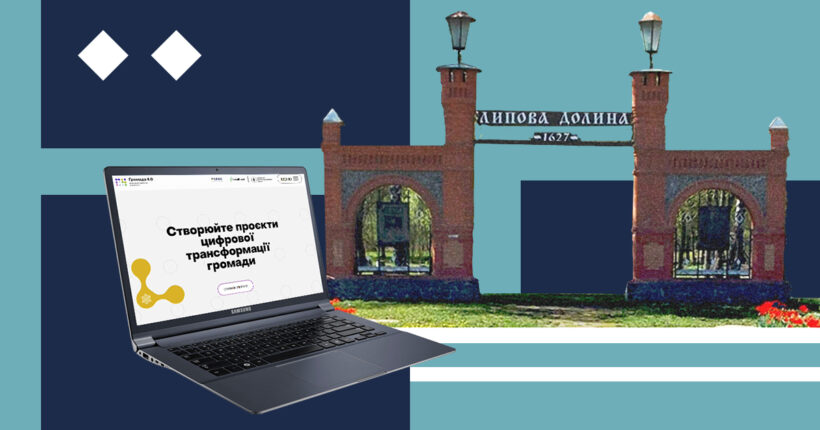
What is the problem?
Communities must become digital to be modern, open, and more developed. This requirement is at the state level: digitalization is provided for by the Association Agreement between Ukraine and the EU, the State Strategy for Regional Development for 2021-2027, and other documents. Recently, they even introduced an index of the digital transformation of communities. With its help, the level of digital services and the state of the digital infrastructure in the territorial communities of Ukraine will be determined. However, the digitalization process of communities, especially in war conditions, continues with varying success: sometimes communities lack the professional or technical capacity for this, sometimes — time, and often funds.
What is the solution?
Understanding these challenges, the state and international organizations set up training programs for local self-government representatives. One of these is the Community 4.0 acceleration program, whose participants receive support in creating and implementing digital projects for their communities.
The program was launched by the international organization SocialBoost in partnership with the Ministry of Digital Transformation of Ukraine and with the support of the U-LEAD with Europe Program.
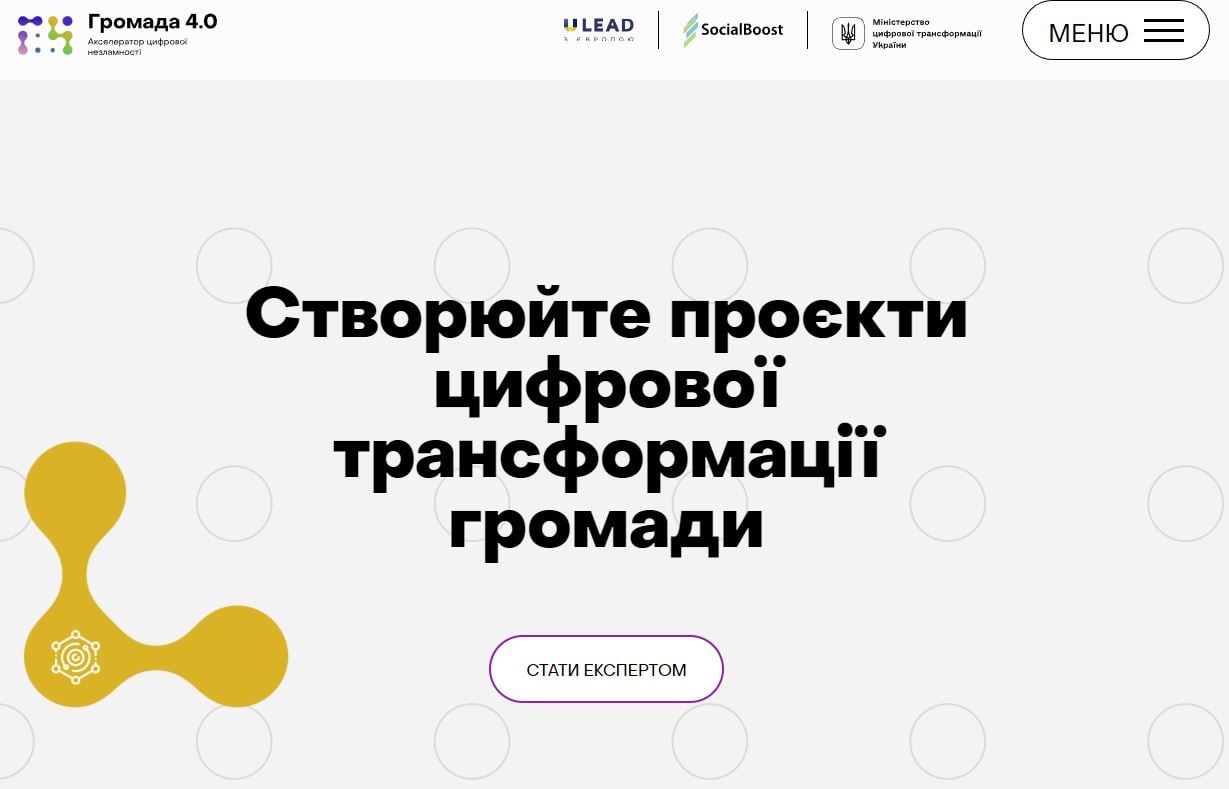
Screenshot from the website of the Community 4.0 program.
Rubryka talked to several program participants in different regions of Ukraine and was convinced that it worked.
How does it work?
Interactive investment map
The Lypovodolynsk settlement community in Sumy region strives to be more visible
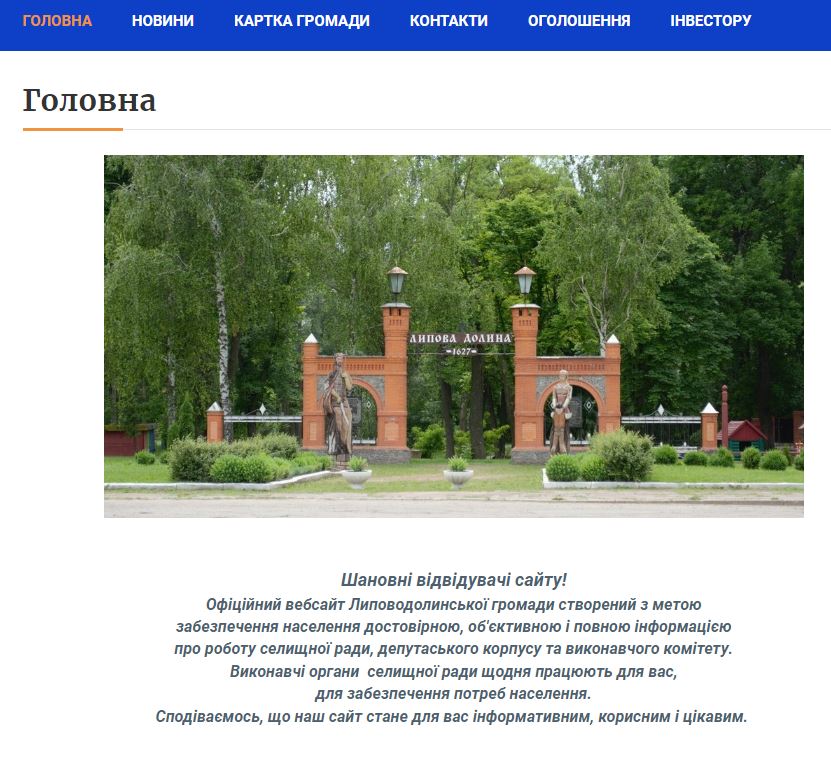
Screenshot from the website of the Lypovodolynsk community.
The Lypovodolynska community is located in the Romen district of the Sumy region. It includes 40 villages, but it is not big, having twelve thousand inhabitants.
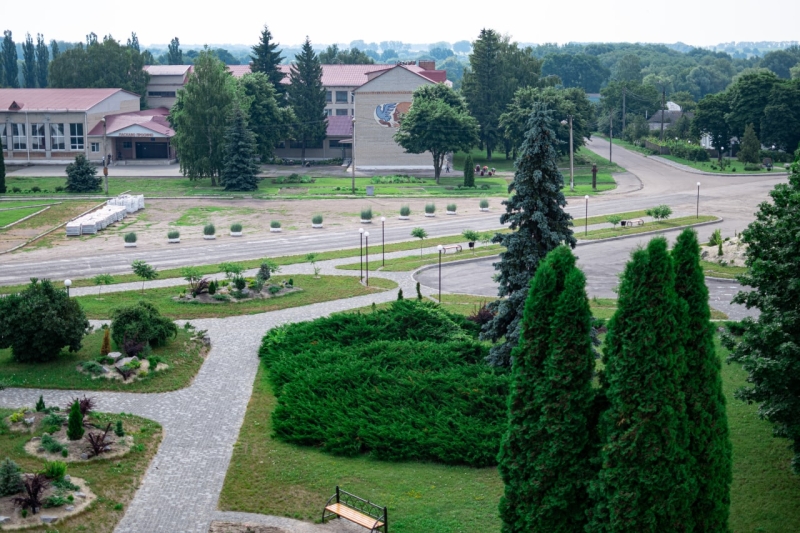
Photo: Landscapes of the Lypovodolynska community/Photo from the community's official website.
"We are a small community, and lately, we have been trying to participate more and more in new projects to understand whether we keep up with modern trends or whether there are some new solutions that can simplify our work. In general, it is necessary to develop," says Maryna Karpets, chief specialist of the department of organizational and personnel work of the village council. She participates in Community 4.0 as a project manager of her team.
During lectures, webinars, and tasks from experts, the team had the idea to create an interactive investment map of their community.
The idea has two goals — to support the local economy and entrepreneurship and to attract additional funds through cooperation with investors so that whether it is a resident, an entrepreneur, or a potential foreign investor who has heard about Lypova Dolyna somewhere, they were able to go to the community's website, open an interactive investment map, where there will be complete, up-to-date and reliable information about objects in which you can invest, buy or rent. "We hope this project will bring additional income to the community budget," Karpets shared with Rubryka. An interactive investment map is a convenient tool for those who want to start or expand their business, and not only that, since it will no longer be necessary to personally go to the village council to find out the necessary information, all information will be available online.
With experts' help, the project team has already drawn up the technical task — how and what will be done for what. The budget was also estimated — According to the minimum calculations, the budget estimate is ₴245,000.
"If you add more functionality, make the map more detailed and interesting, it will be even more expensive," says Karpets.
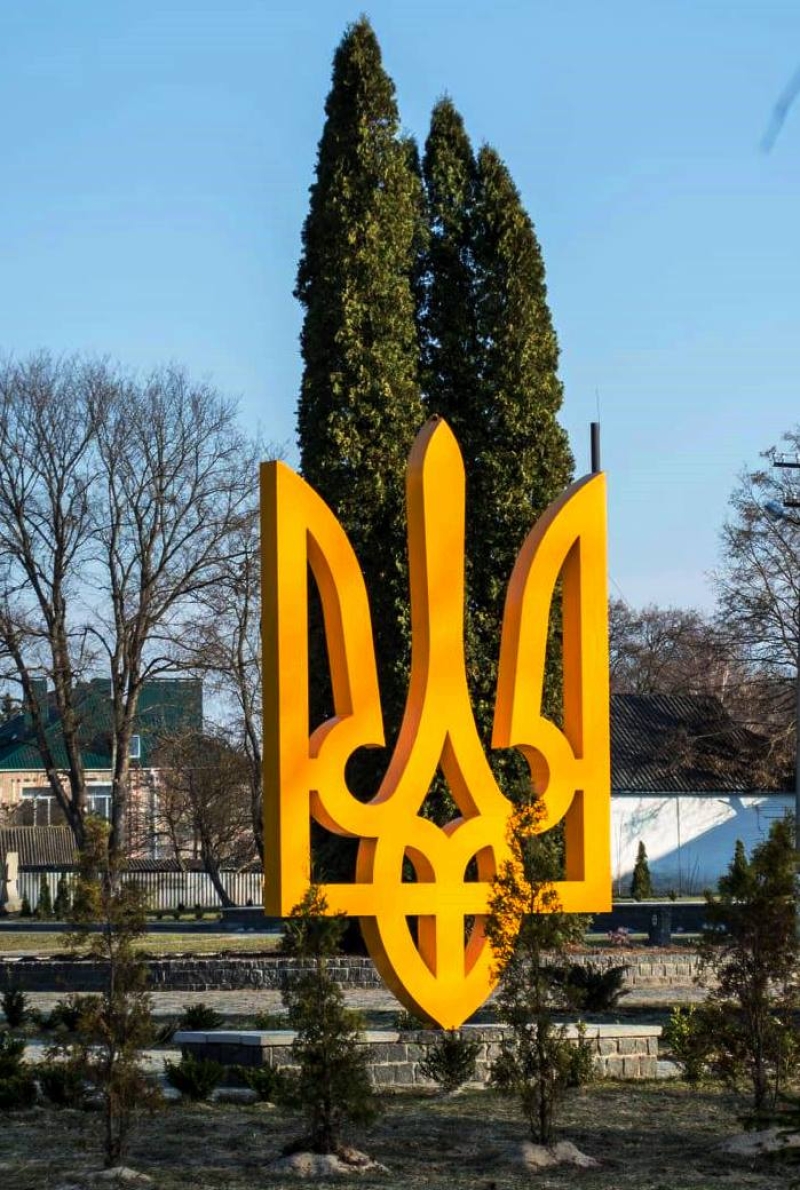
Photo: A memorial sign in the village of Lypova Dolyna.
The community is hoping for a victory in the project competition provided by the Community 4.0 program, which will help attract funding for implementing their plan. After all, this is a lot of money for the budget of the settlement community.
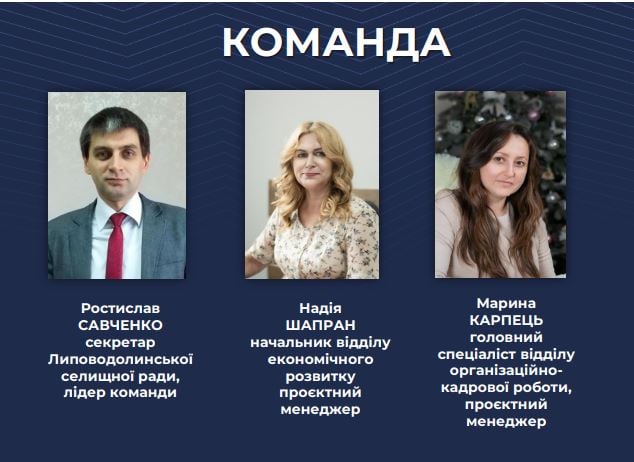
On the screenshot: The project team.
The project team considered various options: take a Google map or OpenStreetMap and apply layers, labels, and objects to it themselves, but the functionality of such a product will be very limited and free only at the beginning. They also thought about cadastral maps, but now, due to war, most of them have limited access.
"We are coming to the point that we can do elementary things, but we will not be able to make it convenient and complete for users," explains Karpets. "We would like it to be a site that shows all the objects with the maximum amount of information necessary for the user. So that they can be sorted: land plots, real estate, and current investment projects."
In the future, it will be possible to commercialize your own development — posting information from private entrepreneurs for a fee. Therefore, IT companies plan to order the development of the map, subject to the receipt of funds.
SMART school for the whole community
The Horokhivska community in Volyn scales the successful development of a local teacher
It all started with the fact that Valerii Kulai, a computer science teacher at Ivan Franko Horokhiv Lyceum No. 1, wrote code and developed the SMART school internet platform for his educational institution back in COVID-19 quarantine times when the whole country was on lockdown. Both students and teachers liked the trial version, so after certain revisions in October 2020, the pedagogical council of the lyceum began to officially use the SMART school in the educational process.
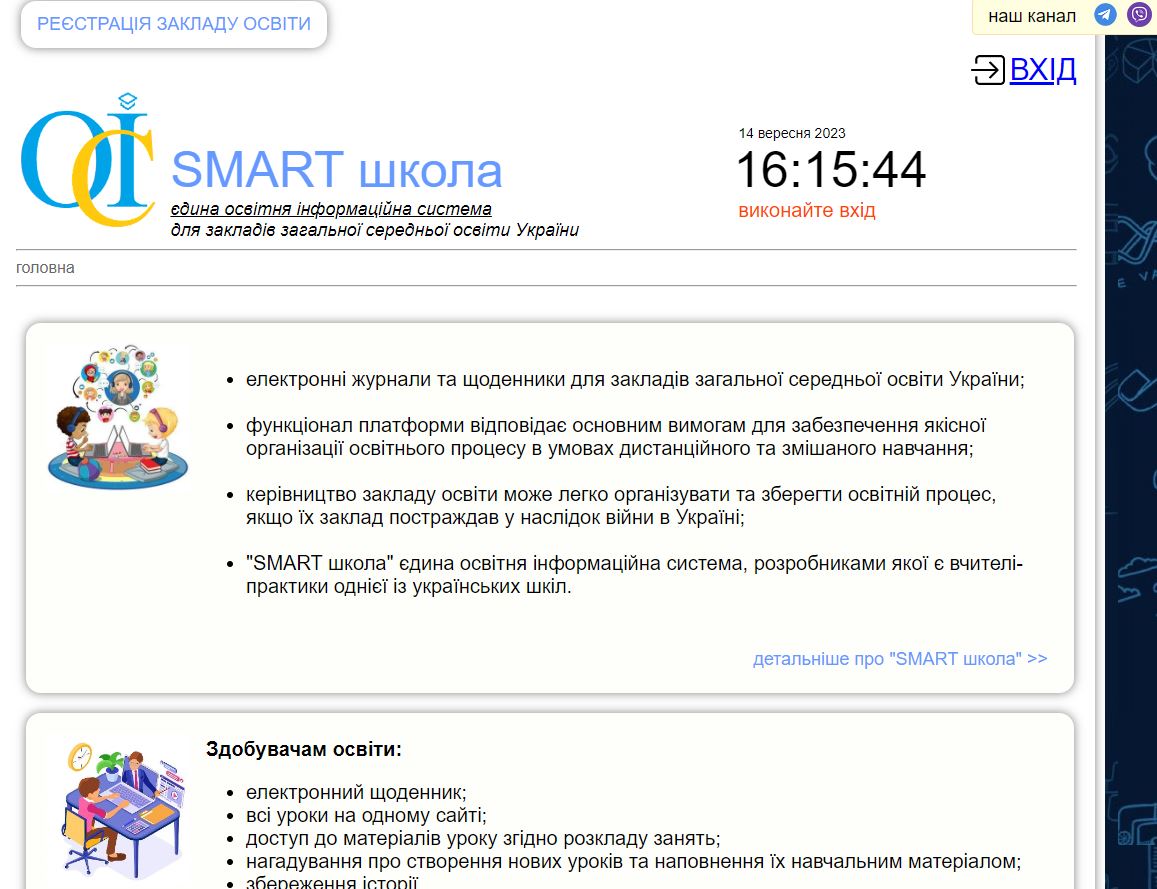
On the screenshot: Home page of SMART school.
Therefore, the residents of Horohiv came to the Community 4.0 project with a ready-made and already-implemented idea. What did they want from the program? Development scaling.
The essence of the project is the implementation of the SMART school in educational institutions. Since 2020, it has been in one educational institution. "Several more were connected on a trial basis, and as a result of the acceleration program, today, 100% of educational institutions, and we have 21 of them, use it," says project manager Volodymyr Bratchun, the chief specialist of the department of Project Management and digitization of the Horokhiv City Council.
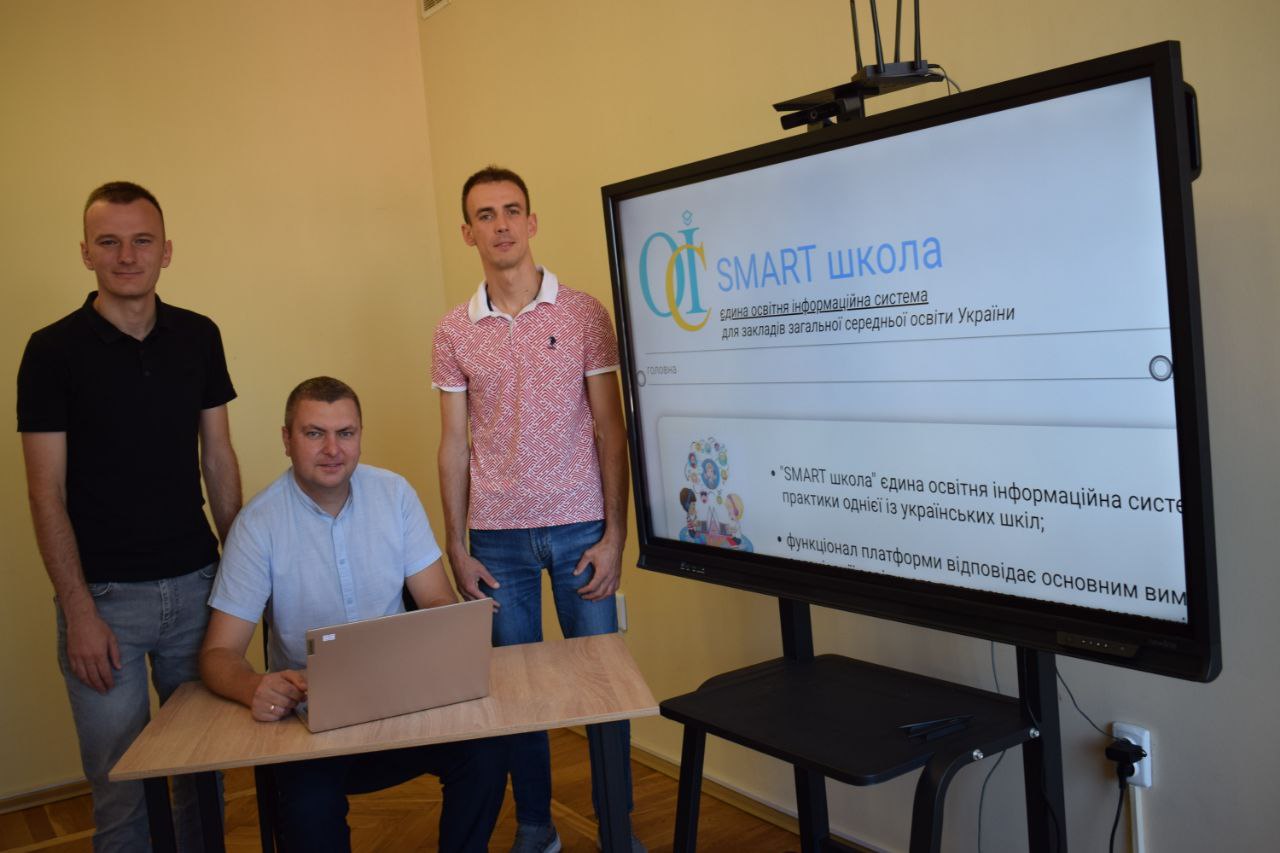
In the photo from left to right: project manager Volodymyr Bratchun, digitalization expert Valerii Kulai, and project manager Yurii Kovalchuk/Photo courtesy of Volodymyr Bratchun.
There are several similar platforms in Ukraine
Why should educational institutions use SMART school?
Volodymyr Bratchun cites the following advantages of the local product.
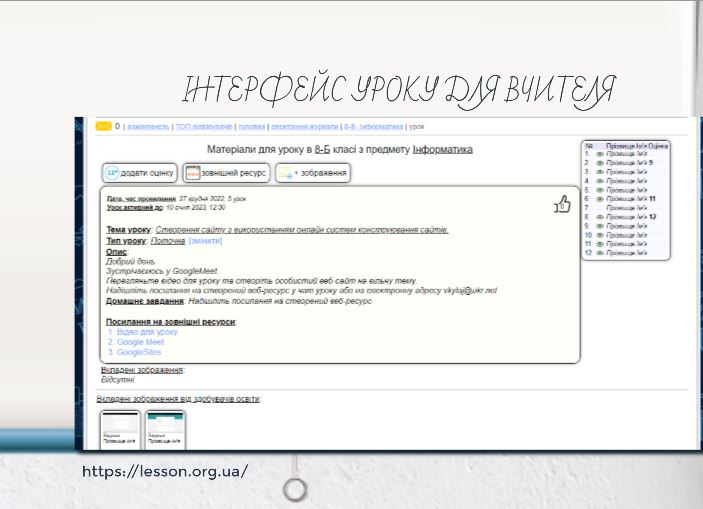 On the screenshot: a slide from the presentation of the SMART school projectThe product was developed by a practicing teacher who understands well what teachers, students, and management of an educational institution need. This system has a wider functionality than competitors and is well-structured and understandable. The system has three personal cabinets: the teacher, the student, and the head of the educational institution.
On the screenshot: a slide from the presentation of the SMART school projectThe product was developed by a practicing teacher who understands well what teachers, students, and management of an educational institution need. This system has a wider functionality than competitors and is well-structured and understandable. The system has three personal cabinets: the teacher, the student, and the head of the educational institution.
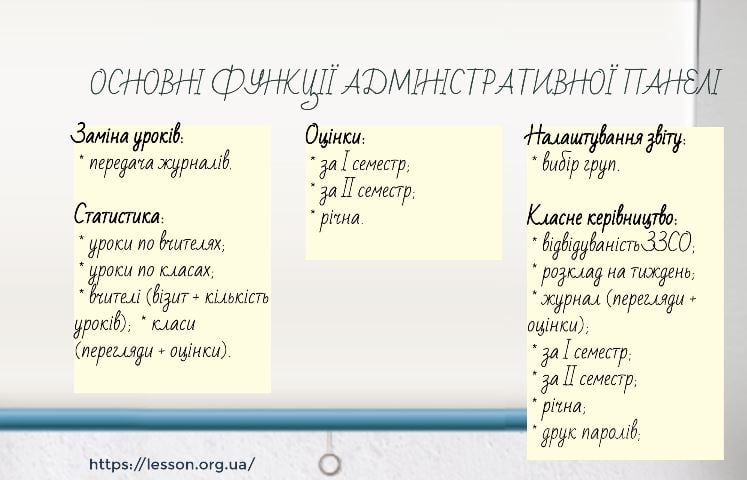 On the screenshot: a slide from the presentation of the SMART school project.Teachers and heads of educational institutions can manage the educational process through this system. Various statistics, such as students' performance, attendance at the system, and other factors, are available on the platform.
On the screenshot: a slide from the presentation of the SMART school project.Teachers and heads of educational institutions can manage the educational process through this system. Various statistics, such as students' performance, attendance at the system, and other factors, are available on the platform.

On the screenshot: a slide from the presentation of the SMART school project.
It allows to keep the students' scores and add educational materials, which then can be accessed in a matter of one click.
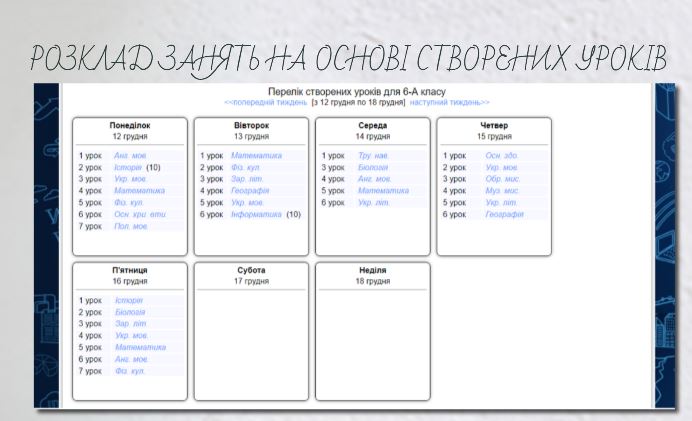
On the screenshot: a slide from the presentation of the SMART school project.
Another advantage of the system will soon be its connection to the AIKOM system, which is the software and hardware complex Automated Information Complex of Educational Management, which collects and stores data in the field of education at the state level. This connection will make life easier for educational institutions because such a complex will provide administrative reporting immediately in one system.
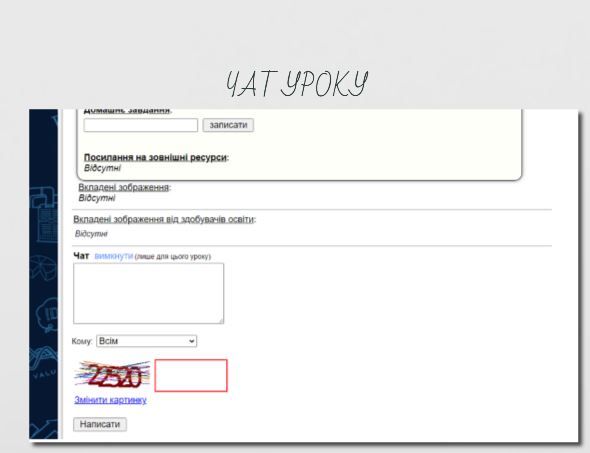
On the screenshot: a slide from the presentation of the SMART school project.
Communities are far from the limit
The project team has ambitious plans to extend SMART schools.
"We hope communities are far from a limit and educational institutions from other communities and regions will begin to join our system. In fact, such connections already exist, but they are not yet widespread," says Bratchun.
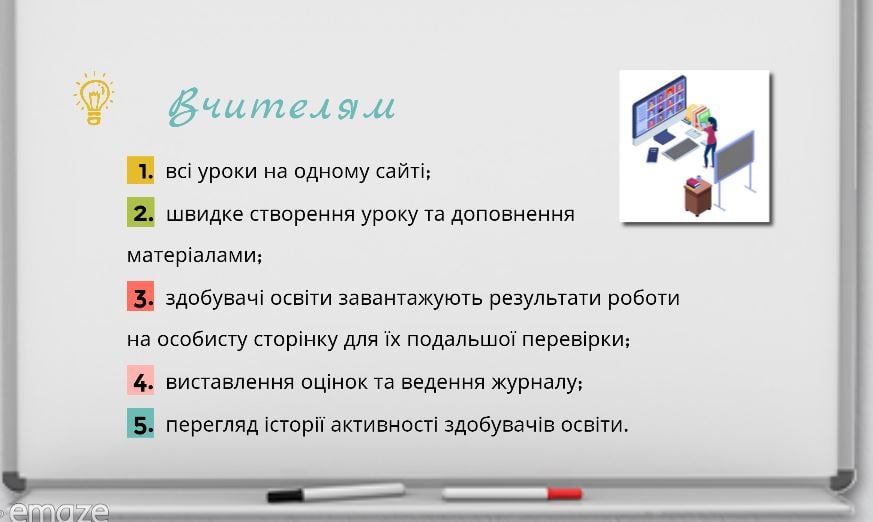
On the screenshot: a slide from the presentation of the SMART school project.
It is also hopeful that teachers will soon have to abandon paper journals, so the transition of educational institutions to similar educational platforms is inevitable. "I think there will be many connections this year," says the project manager.
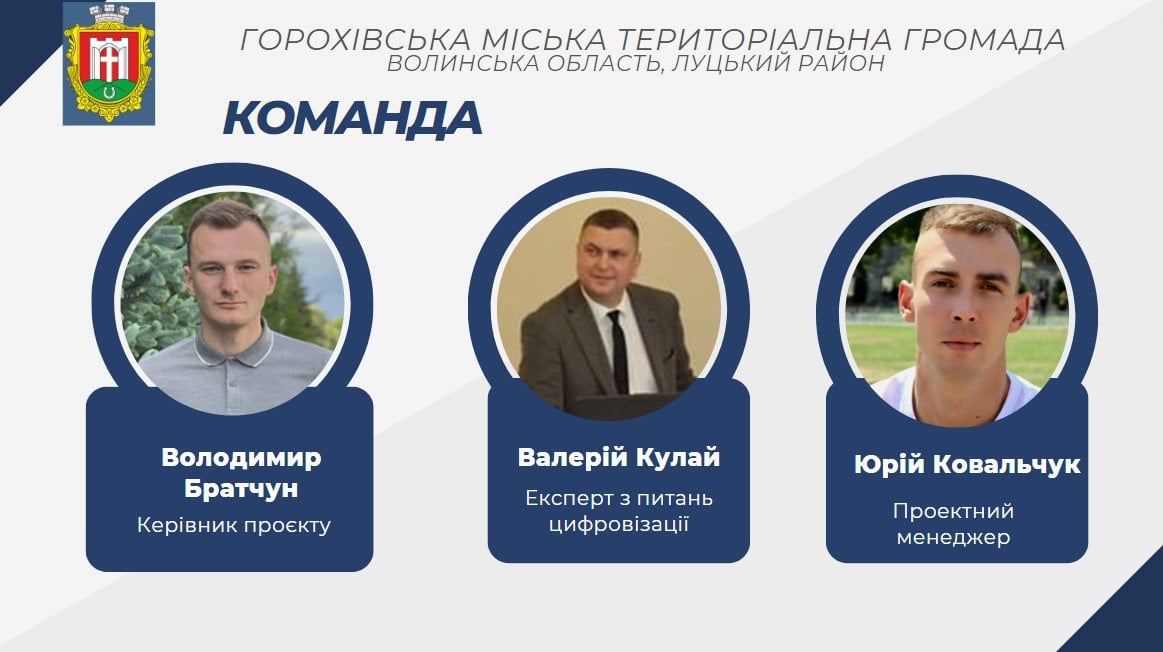
Project team
The project team, which, in addition to the manager Bratchun and digitalization expert Kulai, is project manager Kovalchuk, is very grateful to his mentor, Vitalii Lavrov, Deputy Minister of Youth and Sports of Ukraine for Digital Development, Digital Transformations and Digitalization. He helped to contact the Ministry of Education and Science correctly and provided other crucial informational support.
The residents of Horohiv also hope they will be able to win the future selection of projects that will receive funding. "Such projects cannot exist with zero funding, and at the same time, I would not like there to be, for example, advertising on educational portals that can be used to make money," says Bratchun.
This article was published as part of the Voice of Communities campaign, which is part of the Program for Ukraine on local empowerment, accountability, and development U-LEAD with Europe, jointly funded by the EU and its member states Germany, Poland, Sweden, Denmark, Estonia, and Slovenia to support Ukraine on its way to strengthening local self-government. U-LEAD promotes transparent, accountable, and multi-level governance in Ukraine that responds to the needs of citizens and empowers communities.


